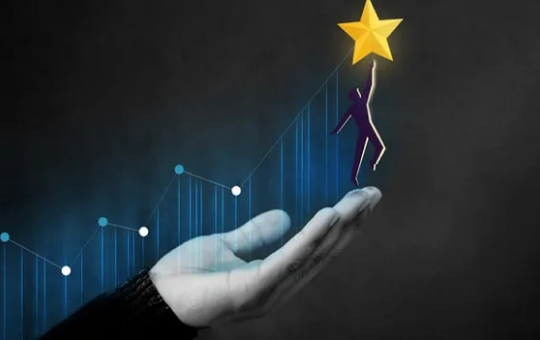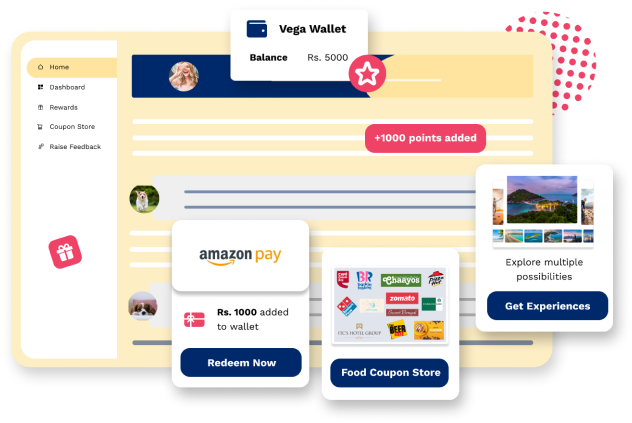Introduction
There are numerous ways to retain your talent, but one of the best methods often goes neglected. Recognition for a job well done confers employees a robust sense of validation for their work. A Reward and Recognition program sounds like an easy concept: engaged employees perform more brilliantly and produce more significant results than not engaged employees. Take this logic a step ahead, and you could say that the impact of having engaged employees is a tremendous business success.
However, it is not always about a big paycheck or exuberant perks. Today is modern workforce looks beyond that. They want to contribute to the bigger picture and be valued for that.
In this write-up, we take a dig at how to develop a perfect R&R program, how to implement it, types of employee recognition, and some employee reward ideas that make a difference to the organization.
Designing a Rewards and Recognition Program
Organizations comprise of multiple teams, job profiles, and generational gaps between employees. You need an R&R program that appeals to your specific enterprise needs. Draft a design keeping in mind the following things:
Who Receives an Award?
Select the milestone or behavior that you decide to reward. Depending on your company, it could be for leadership, tenure, performance, quarterly reviews, crisis management, or innovations. Draft your rewards based on apt categories so that you can avail yourself a chance to appreciate and identify all your employees and the variety of talents they bring to the table.
Types of Awards
When you have a granular idea of what you are rewarding, choosing what to reward them with is the next step. Here are a few ideas:
- Promotions
- Spot rewards
- Health care benefits
- Awards
- Monetary recognition or bonuses
Disparate behaviors will merit different rewards, and what is given entirely depends on your organization's goals and budget.
Time and Relevancy
Make sure that your reward is relevant and timely, making the employee feel honored and valued to receive it. Bestowing a small coupon to the salesperson who reaches the highest target will not have the effect you intend. To properly motivate employees with a rewards program, they must feel that the rewards they receive are desirably the hard work it took to accomplish organizational goals. Rewarding employees in an apt way will boost their motivation and engagement.
Frequency
Rewarding an employee only once is an on-the-spot moment of appreciation rather than an ongoing strategy. A rewards and recognition program aims to grow a healthy, motivated behavior and high productivity culture. Make sure the rewards you give recur monthly, quarterly, or yearly. This frequency can also display to your employees that they all have an equal possibility to win, and that means that the level of engagement and productivity is sustained between reward periods.
Who Should be Rewarded?
Gone are the days of traditional rewards from just the manager to their team members. In the current scenario, organizations want to foster more meaningful connections with the recognition that comes from peers, managers, or peer nominations. This assorted approach gives employees a strong sense of genuine validation. Discuss with your decision-makers what type of approach you would like to practice within your organization, and select a method that reflects your culture and attitude towards work.
Keep Up With The Budget
R&R may appear expensive. But, when planned and executed in a proper way, can reap tremendous benefits. There is always the question- how much is sufficient? SHRM suggests spending 1% of payroll on R&R programs. Remember, spending less or going overboard on your rewards program can have its own influence. Ensure that your recognition programs are sufficiently funded, and expenses are tracked in a single place. Currently, we have technology on our side to provide seamless recognition in ways that don it burns a hole in your pocket.
How Can Technology Assist?
R&R initiatives can have little to no impact if they are not tracked, centralized, and adjusted. It is not really about rewarding an employee, but also which behavior should be rewarded and with what all while keeping with the budget. For instance, let is say you are planning to reward the most targets achieved. How will managers be able to track every employee is goals efficiently? An impeccable software solution can assist managers to track individual goals and identifying top performers while eliminating bias and improving transparency throughout the team. Software like Vega-HR is built to streamline HR processes from onboarding and performance management to routine HR tasks, enabling organizations to provide a culture of growth, motivation, and recognition.
Final Thoughts
Once you have designed and finalized your R&R program, the next step is to execute the program successfully. When we talk about execution, it is most crucial to communicate. Make communications to your managers, leaders, and employees. Let your leaders know how the program works, and brief them on how to reckon for rewards. Explain to employees what types of achievements will be rewarded to work toward those set goals. You can experiment with your program with just a few teams in the initial stage. Analyze the cost, and the impact on productivity and engagement, and open it up for your entire organization if it appears successful.
The work does not end with proper execution. A successful program also needs frequent tweaks and assessments based on the ultimate impact. A well-thought-out and properly implemented rewards and recognition strategy can do wonders for the organization in the coming times.
Frequently asked questions
About Vega HR
Vega-HR is a powerful tool in the talent war, offering employee rewards, recognition, and pulse recognition. With an engaging platform, it fosters a world-class work culture, providing P2P recognition, social feedback, on-spot recognition, and monetizable incentive solutions with 3000+ coupons in various categories.
Create a Culture People Want to Stick to
- Send rewards
- Give shoutouts
- Build a community
- Gift experiences
Get a demo
 Written by Ali Kidwai 20 September 2022 | 4 min read
Written by Ali Kidwai 20 September 2022 | 4 min read




